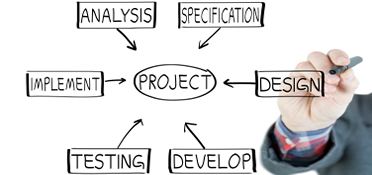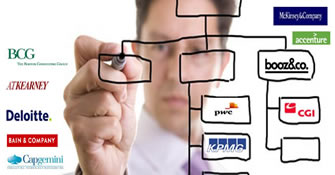Online Videos can play a critical ingredient in successful marketing activities. Digital Rehab has always maintained that interactive content when coupled by a powerful message and pitch will always trump any other form of content.
In recent months, I have worked hand in hand with a super digital communications agency focused on creating explainer videos – The Explainers. Having worked closely with them, and seeing the success of a series of their explainer style videos, it has only served to strengthen our conviction that online videos are a key success factor in the digital marketing mix.
Given that videos themselves are so wildly mainstream, with estimates of 78% of internet users watch a video once a week and 55% watch videos daily, it is now more important than ever to embrace and leverage the opportunities of video.
Facts about the power of online video
- Branded video content reaches nearly half (46%) of all internet users in the UK. More than half of these people (54%) go on to click though to the brand’s website (Econsultancy)
- 80% of Internet users recall watching a video ad on a website they visited in the past 30 days; 46% took some action after viewing the ad (Online Publishers Association)
- Video promotion is over 6 times more effective than print and online (b2bmarketing.net)
- Dr. James McQuivey of Forrester Research says a minute of video is worth 1.8 million words
- 81% of senior marketing executives now use online video content in their marketing programs, up from 70% in 2011 (MarketingProfs)
- Cisco expects video to account for 57% of consumer internet traffic by 2015, nearly four times as much as regular web browsing and email
- 90% of information transmitted to the brain is visual, and visuals are processed x60,000 faster in the brain than text (3M Corporation & Zabisco)
- Over 1 billion unique users visit YouTube every month (YouTube)
- 500 years of YouTube video are watched every day on Facebook, and over 700 YouTube videos are shared on Twitter each minute (YouTube)
- The average YouTube visitor watches 388.3 minutes of video each month (Comscore)
- Video is the most shared brand content on Facebook (Zuum)
- Two-thirds of Twitter users feel it worth watching videos tweeted by brands (Hubspot)











